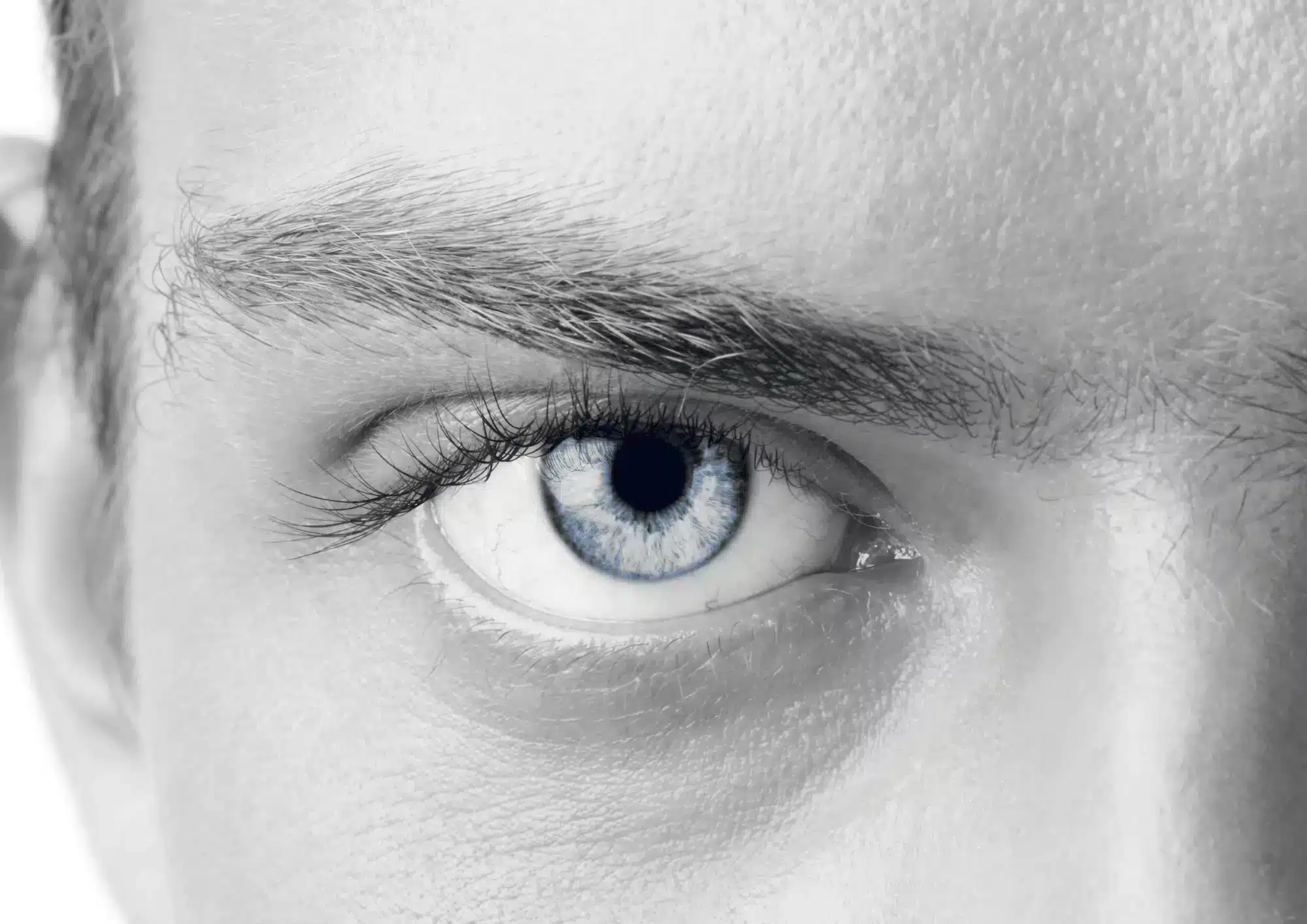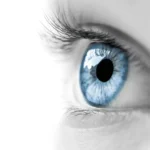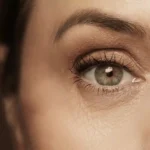
If your patients complain of “puffy”, pronounced eye bags, dark circles or of constantly appearing tired even if they are well-rested, they may benefit from filler treatments.
How do dark circles and eye bags form?
Some dark circles may appear from sleep deprivation and will improve with a good night’s rest. But constant dark circles below the eyes that will not go away may be a result of a tear trough deformity. This is when there are contour irregularities in the areas right beneath the eyes that cause or exacerbate shadowing in that area. Tear trough deformities can also result in the development of eye bags, which are the puffy areas in the lower eyelid.
Tear trough deformities can be a result of genetics but can also be a product of aging. The descent of fat and skin due to the loss of facial volume and elasticity contributes to this condition, further exacerbating the situation. In these cases, filling the tear tough can help immensely.
Radiesse for tear trough treatment
Radiesse is a volumizing filler range that also has the ability to stimulate the formation of collagen in the treatment area for long-term corrective benefits. For patients who consider longevity of results a top priority, Radiesse may be a good choice of filler. That being said, due to the physical characteristics of the filler, its use in the delicate tear trough region has been a matter of some debate among practitioners. Clinical studies that evaluated the safety and effectiveness of this filler have suggested that Radiesse can be safely administered in the tear trough region with good results, provided the injector uses proper techniques.
What is the procedure like?
The procedure for Radiesse injection differs slightly from injection with hyaluronic acid fillers. Due to the thickness of the product, some practitioners prefer to dilute it beforehand with an anesthetic (e.g. 0.8ml prilocaine 1%). As well, it is important to note the deep placement of the product necessary to avoid the formation of nodules.
Injection approach
The injection can be approached in 2 ways: by serial injection of 0.1ml microdroplets of the solution, or by linear threading. The first approach is preferable if the patient has very thin skin in the area. This method uses a 27-gauge needle to administer small aliquots of Radiesse spaced 1cm apart in deep, vertical injections along a line about 1cm beneath the lower orbital rim. If the patient has flat, medial cheeks, this is then followed with 1-2 additional lines 0.5cm beneath the initial line of placement. The second approach employs injection of the material using linear threading technique, injecting the material while slowly withdrawing the needle.
In all cases, overcorrection should be avoided. After administering Radiesse, the treated area should be massaged gently. The patient should be advised to avoid touching the area unnecessarily, exposure to UV (e.g. sunlight or tanning beds), and using saunas and the like, for at least 2 weeks.
Conclusion
Using a dermal filler like Radiesse to fill in the tear trough region is a safe and effective way to improve the appearance of eye bags and dark circles. Patients may opt for Radiesse if they feel that permanence of results is an important treatment factor.
Aesthetic medicine products are developed and regulated to meet stringent safety and efficacy standards. They are typically administered by trained healthcare professionals such as dermatologists, plastic surgeons, and specialized nurses in clinical settings. These products aim to provide effective solutions for cosmetic enhancement, skin rejuvenation, and overall aesthetic improvement, contributing to both physical appearance and self-confidence.
Key categories of aesthetic medicine products include:
-
Injectables: This category includes products such as dermal fillers, botulinum toxins (e.g., Botox), and collagen stimulators. These injectables are used to smooth wrinkles, add volume, and improve facial contours.
-
Skin Rejuvenation Treatments: Products like chemical peels, microdermabrasion systems, and laser devices are used to improve skin texture, reduce pigmentation irregularities, and enhance overall skin tone.
-
Skincare Products: These include medical-grade cleansers, moisturizers, serums, and topical treatments containing active ingredients like retinoids, antioxidants, and growth factors. They are formulated to address specific skin concerns such as acne, aging, and hyperpigmentation.
-
Hair Restoration Products: Medical treatments and products designed to promote hair growth and treat conditions such as male and female pattern baldness.
-
Body Contouring and Fat Reduction: Devices and products used for non-surgical body sculpting, such as cryolipolysis (cool sculpting) devices and injectable lipolytics.
-
Cosmeceuticals: High-performance skincare products that bridge the gap between cosmetics and pharmaceuticals, often containing potent ingredients with proven clinical benefits.
-
Wound Care and Scar Management: Products like silicone sheets, gels, and advanced wound dressings used to improve healing and reduce the appearance of scars.





